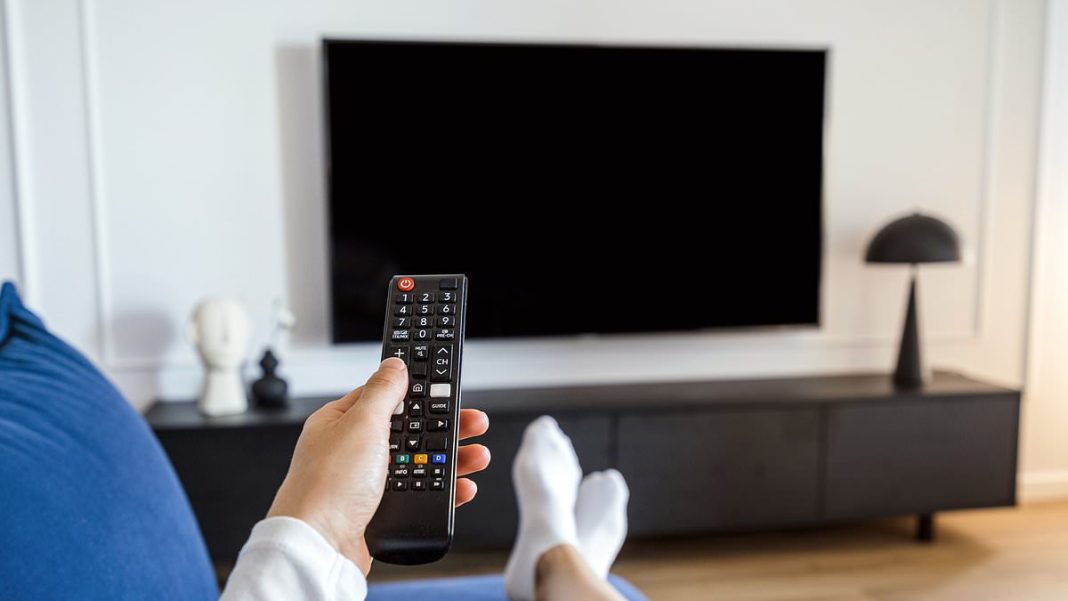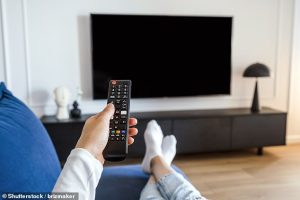Key Takeaways
- Most people cannot see the difference between 4K/8K and lower-resolution TVs at normal viewing distances
- For average UK living rooms, Quad HD (2560×1440) offers the same visual quality as more expensive 4K/8K screens
- Human eye resolution limits mean higher pixel counts often provide no visible improvement
- Researchers provide an interactive calculator to determine optimal TV resolution for your setup
Scientists from the University of Cambridge and Meta Reality Labs have found that upgrading to 4K or 8K televisions is unnecessary for most consumers. Their research reveals these ultra-high-definition screens exceed the resolution capabilities of the human eye in typical home viewing conditions.
According to the study published in Nature Communications, the average person cannot distinguish the extra detail in 4K or 8K displays when sitting at normal distances. For a standard UK living room with 2.5 meters between sofa and TV, a 44-inch 4K or 8K screen provides no visual benefits over a more affordable Quad HD television.
Co-author Professor Rafał Mantiuk says: ‘If you have more pixels in your display, it’s less efficient, it costs more and it requires more processing power to drive it.’So we wanted to know the point at which it makes no sense to further improve the resolution of the display.’

What Resolution Actually Matters?
The research shows that 95% of people cannot resolve the full detail of a 4K television, making 8K upgrades pointless for most households. At a typical 3-meter viewing distance, Full HD (1920×1080) or 2K resolution is completely sufficient.
Dr. Maliha Ashraf, the study’s first author, explained: “For most people, it’s not worth upgrading beyond 4K; once you sit at a normal distance away, your eyes can’t actually see the extra detail that 8K provides. A good 4K TV is already sharper than what 95% of people can resolve.”
How Viewing Distance Affects Resolution
The researchers measured visual acuity using “pixels per degree” (PPD) – how many pixels fit within one degree of vision. They found the average resolution capability was:
- 94 PPD for greyscale images
- 89 PPD for red and green images
- 52 PPD for yellow and violet images
This means you would need a massive 60-inch screen at 3 meters distance to fully appreciate 4K resolution. For larger screens or closer viewing, higher resolutions become noticeable.

Optimal TV Viewing Distances
- 32-inch TV – 2 meters (7 feet)
- 40-43-inch TV – 2.5 meters (8 feet)
- 48-50-inch TV – 2.7-3 meters (9-10 feet)
- 55-inch TV – 3.4-3.7 meters (11-12 feet)
- 65-inch TV – 4 meters (13 feet)
- 65+ inch TV – 4.2+ meters (14+ feet)
Source: Which?
When Higher Resolution Matters
Professional applications benefit from higher resolutions where users sit closer to monitors. At less than one meter distance, even small 8K displays show noticeable improvement. However, beyond two meters, not even a 100-inch screen reveals differences between 4K and 8K.
The researchers have created an interactive calculator to help consumers determine the optimal resolution for their specific room size, TV size, and viewing distance.

TV Viewing Myths Debunked
Contrary to popular belief, sitting close to televisions doesn’t damage eyesight. Ophthalmologist Ethan Stern confirms this is a medical myth, though it may cause discomfort for farsighted individuals without proper correction.








